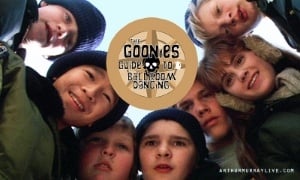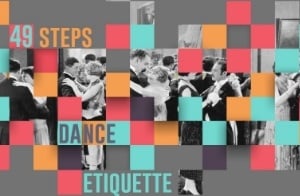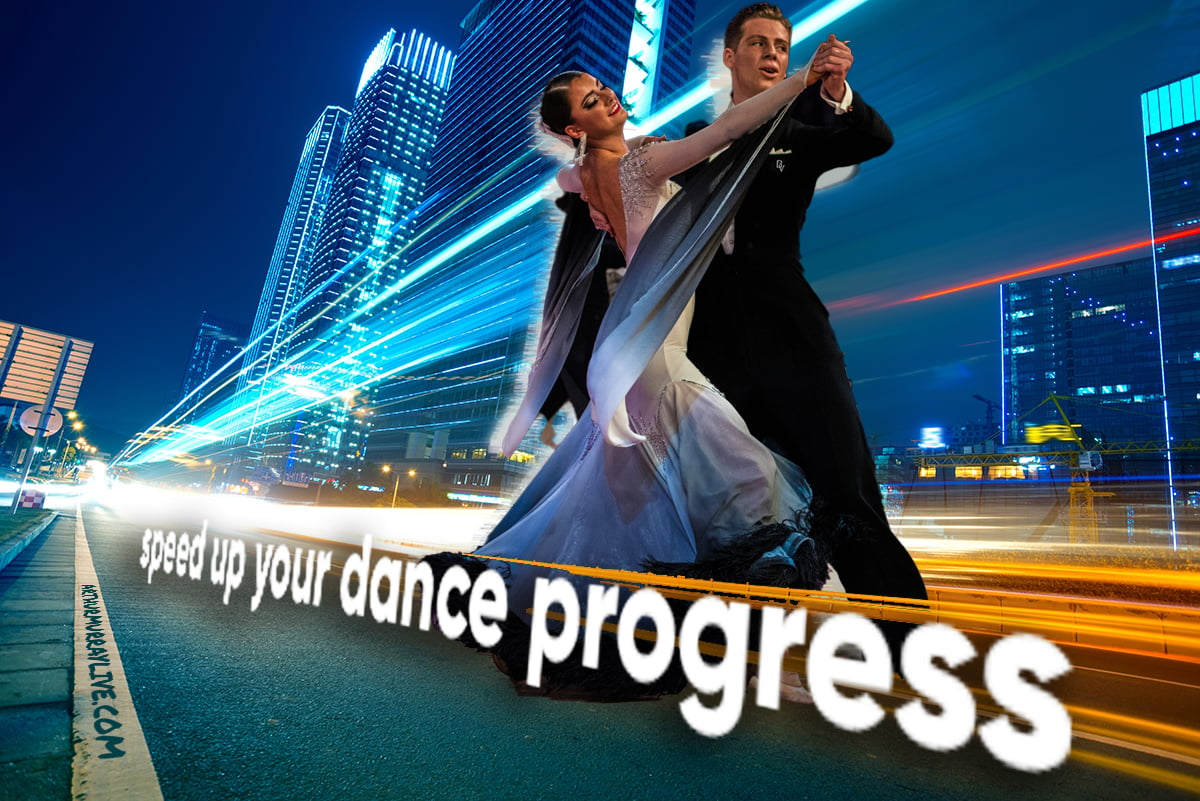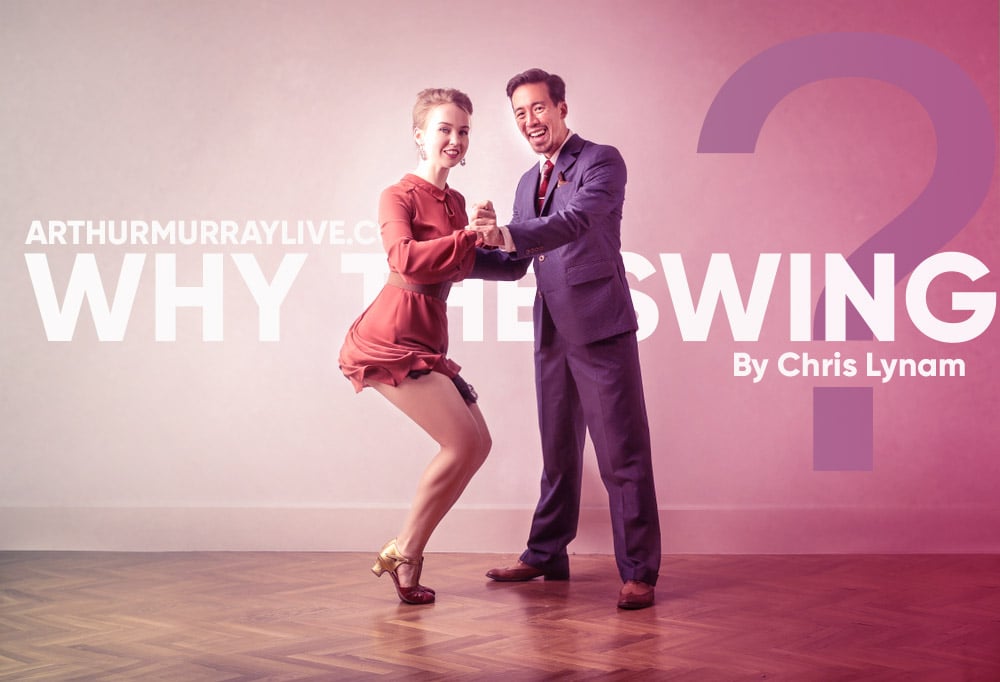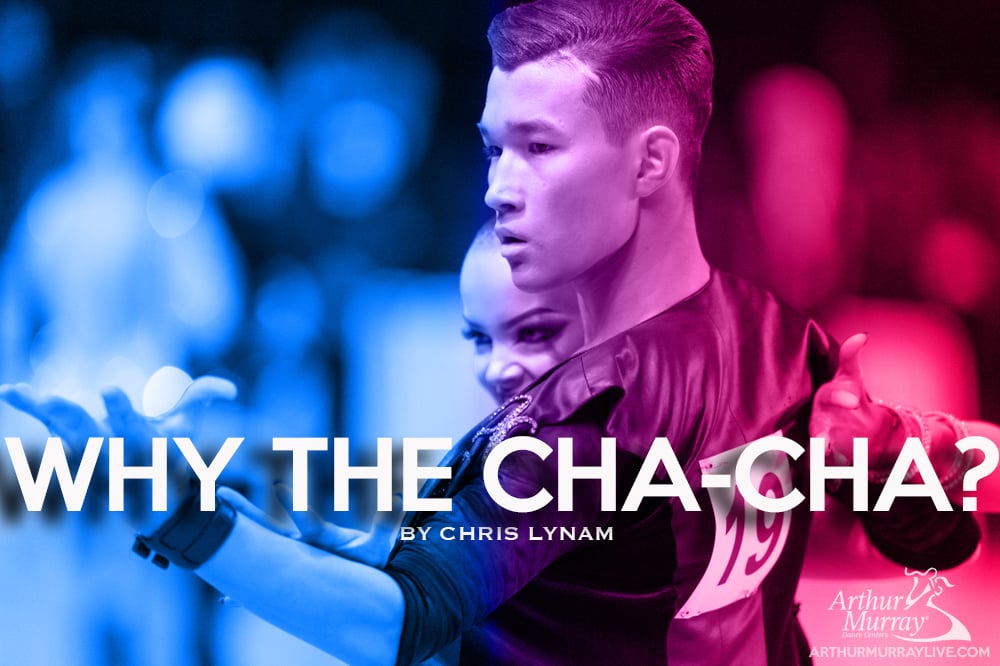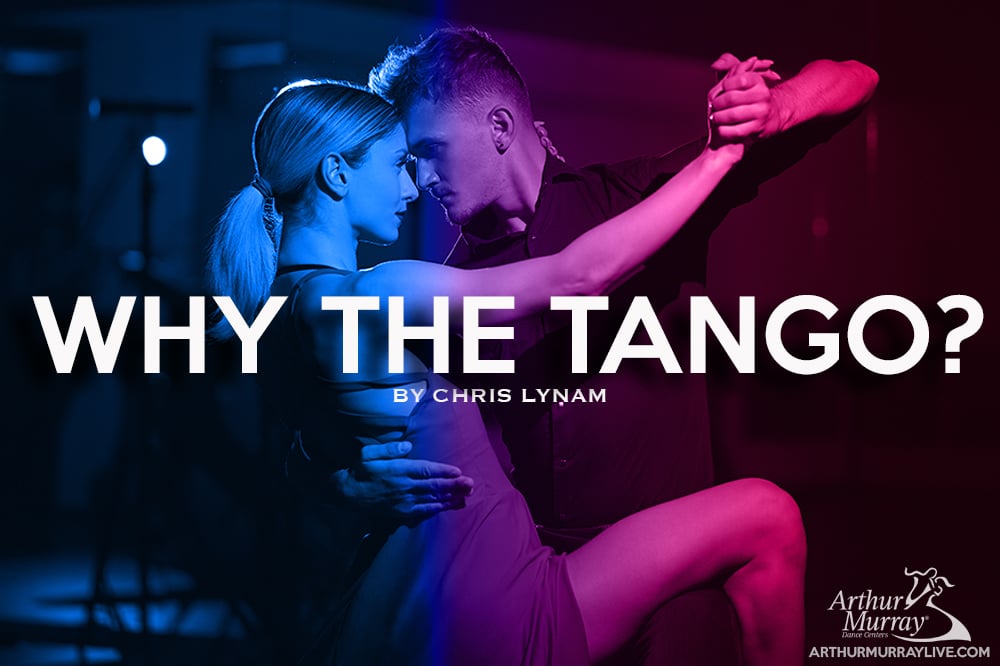There is a single word that can strike fear into the hearts of any dancer: Mambo.

As soon as you're done cringing, averting your eyes, and frantically searching for a two you are starting to believe you will never find, open your eyes and read this:
It's not impossible.
Timing, like anything else in your dance program, is a learned skill. It's not something that only a few, rare individuals possess - like Thor's hammer, or Santana's way with a guitar.
In fact, your Dance Program was built for it, your teacher is equipped for it, and some of the best dances for teaching it happen to be of the Latin variety. Please, stop laughing, we're only here to help.
Latin Dances Can Improve Your Timing and No, This is Not a Joke
 Rumba
Rumba
Latin Dances don't have to be fast to be effective when it comes to timing. In fact, in the construction of any dance program, the Rumba is a cornerstone, oh and it is slow enough that you can think, breathe, and finish the dance without looking like you just ran a 5K in the desert.
Why it's Great for Timing: Control
The Rumba uses a Slow (two beats) along with two quicks (one beat apiece). Your adrenaline won't typically allow you to do anything slow, and especially not when you're dancing.
So Rumba pressure tests your ability to, literally, slow down.
In the same way that your car might kick into a lower gear as you descend a steep grade, the Rumba utilizes tone in your feet and legs to stabilize your Slow count. The ensuing Quicks look sharper, and the timing, as a whole, is easy to read. The end result is a more confident dancer.
- Characteristic: Slow (and sexy)
- Technical Improvement: Gateway to style, develops controlled timing, great for leading, following, and breathing while dancing.
 Merengue
Merengue
If Rumba is driving your car in a controlled fashion, then Merengue is taking the same vehicle on the Autobahn. It's fast, there are no stoplights, and no dance police to worry about - so it's care free.
Why It's Great for Timing: Tempo
More often than not, Merengue features nothing but Quicks. Remember that part about adrenaline, and how it sets your body to a fast default? Well, that must explain why Merengue is a go-to dance for many Newcomer Group classes, and can be enjoyed by any level of dancer.
The dance itself resembles marching, so it's closer to walking on a treadmill than, say, Waltzing across the room.
It features turns, wraps, and patterns found in many other dances - so it is the perfect dance for getting creative and trying new things.
- Characteristic: Fast and Carefree
- Technical Improvement: Perfect dance to act as a simulator to develop turns, wraps, and rotations from other dances. Fast tempo, but easy patterns.
 Mambo
Mambo
If Mambo were on the periodic table of elements, your dance friends would tell you it's radioactive, like dance Plutonium. Unfortunately for them, they are mistaken. In the immortal words of the late Frank Regan, "Mambo is for those that wish to dance in the realm of the esoteric."
Why It's Great for Timing: Precision
There's a big deal about the "2" in Mambo. Everyone's looking for it. It's the Latin music equivalent of the search for the Holy Grail. Yet, in the never ending quest for the 2, many dancers abandon their hold on the "1, 3, 4, 5, 6, 7, and 8".
Thus, they lose the 2, and therein lies the rub.
But avoiding Mambo doesn't make the timing any better, and coincidentally, that 2 gets a lot easier to find when the other counts are addressed. Your dance teacher will use a combination of Merengue, Cha-Cha, and even International Rumba to develop your Mambo. This all hands approach will then help you to develop precision in your timing, in one of the most elusive, and esoteric, of the dances on your program.
- Characteristic: The dancer's latin dance. Fast but refined.
- Technical Improvement: Once you've developed fast and slow tempos, Mambo is a precision dance combining elements of the two (pun intended).
 Swing
Swing
While it may be an All American dance that reminds you more of Hot Dogs and Hot Rods than Salsa clubs and senoritas - the Swing is a Latin American dance that is an absolute must in your quest for better timing.
Why It's Great for Timing: Adaptability
Swing, out of all the social dances, can give you the longest lifespan on the dance floor. The reason for this is simple - it's adaptable. In fact, Swing is really an umbrella term for a variety of dances housed within it. Like how the term "Wine" can include many subcategories and situations, there's a swing for every occasion. There's Swing for slow dances (East Coast or Triple Step), a Swing for fast dances (Jitterbug, Lindy Hop, or Jive), and, just like wine, the niches are endless.
Learning a few of the varieties of swing will give you a built in operating system for different tempos of music.
Due to this fact, your ability to adapt to changing music is as important to your timing as a defense's ability to adapt to a high powered offense in sports. Dancers with the best timing know how to make adjustments, and they treat their minutes on the floor with the same intention and value as a football treats their time of possession.
- Characteristic: Slow to Fast, from Rock to Pop. Most versatile of all latin/rhythm dances
- Technical Improvement: Adaptability lengthens your dance time available, but requires the ability to hear and respond to changes of tempo.
Final Thought
Control + Tempo + Precision + Adaptability
The great thing is that these dances naturally enhance these things. The same way that running every day will naturally build your stamina, trim your waistline, and strengthen your leg muscles, having these Latin Dances on your program will naturally enhance these, all too important, characteristics of great timing.
Yes, Latin dancing can help you, yes you, become a master of your timing, and we're still not kidding.
If you enjoyed this article, let us know by becoming an Arthur Murray Live subscriber! You'll get dance advice delivered straight to your inbox.







